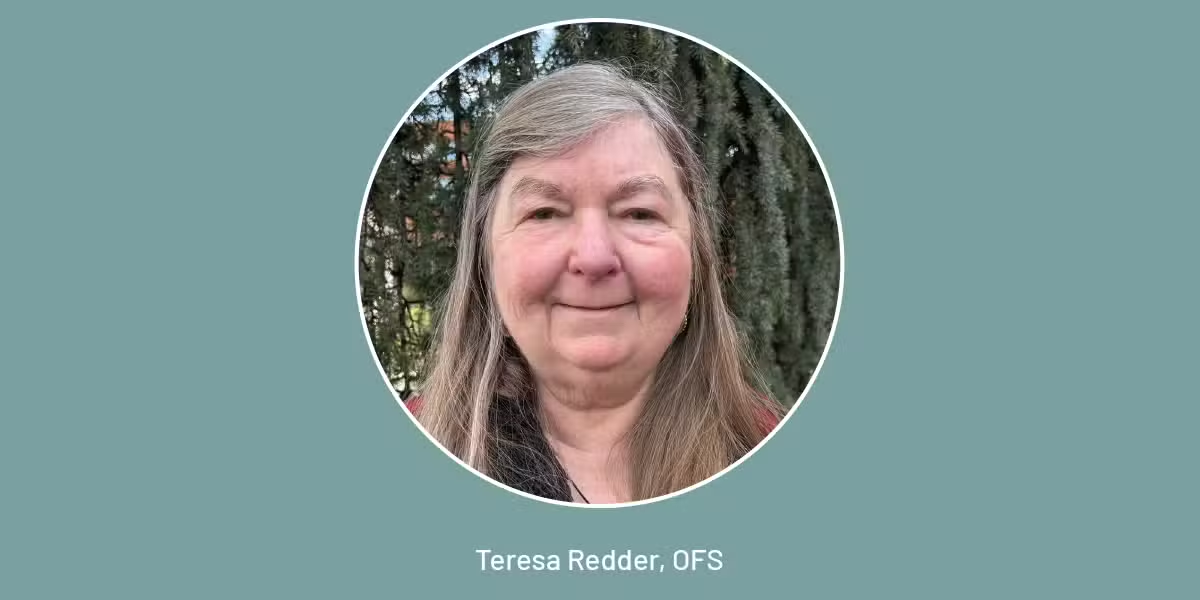It was exactly three quarters of the way into the 20th century before the United States could claim its first native-born saint: Elizabeth Ann Bayley Seton. It was—she was—well worth the wait. On the eve of the American Revolution the wealthy and distinguished Episcopalian Bayley family from New York welcomed Elizabeth into the world. It was 1774. Elizabeth’s physician-father, William, quickly bonded with the child who shared his hunger for learning and inherited his humanitarian instincts.
The father-daughter bond grew stronger yet when, three years later, Elizabeth’s mother died. In time, Elizabeth grew into a high-spirited woman who, by her late teens, was the belle of New York society. Her 1794 wedding to William Magee Seton, a wealthy merchant, was a major social event of the season.
In fewer than 10 years Elizabeth gave birth to two sons and three daughters. She and her husband were deliriously happy. Theirs was a model family.
But life-altering realities soon intruded. Elizabeth suffered the loss of her father. When her young husband grew ill, he was advised to travel to Italy to recuperate. With his business in decline and his wealth disappearing, the couple could afford to have only one child join them.
In late 1803, William Magee Seton died in his wife’s arms. And Elizabeth Ann Bayley Seton was a young widow and mother who had become sadly accustomed to death and who now faced financial crisis and potential ruin.
New Chapter, New Directions
The tragedies she had experienced only spurred her to deeper spiritual depths and greater trust in a just and merciful God. She made the bold and risky decision to leave the Episcopalian Church and become a Roman Catholic.
The disapproval of some family and friends was a major blow. She entered the Catholic Church at St. Peter Parish in lower Manhattan (the Catholic parish closest to “ground zero” in the September 11, 2001, terrorist attacks in New York City). She was just 30.
The young widow looked about for ways to support her family—and to serve. She was invited to open a school for girls in Baltimore. It opened in 1808, the nation’s first parochial school.
Within a few months, the nucleus of a religious community had developed. Five women joined Elizabeth, drawn to the idea of becoming nuns. By 1809, they were officially known as the Sisters of St. Joseph, later as the Sisters of Charity of St. Joseph. Her children by then grown, Mother Seton led the community until her death at 46 in 1821. Her community played a central role in the growing parochial school system and also established orphanages and hospitals.
A Life Lived Fully
The seeds of sainthood were planted and nourished early in the life of Elizabeth Bayley Seton. The life of young America’s pioneer saint was filled with trial, tribulation and death. But she sought God—and found God—at every turn.
She became acquainted early in life with the mystery of suffering. Her large, full heart was tested again and again. Each time, she abandoned herself to God. Each time, God responded. Elizabeth Seton is not just a saint for North America.
As a woman who knew bliss as well as failure, joy as well as struggle, she is a saint of and for the universal Church.
Historical Background
When Elizabeth Bayley arrived on the scene, the new Republic was likewise in its infancy. Its total population was about four million; New York claimed 30,000. The British still occupied New York during the first nine years of her life. Overall, the mood in the land was one of openness, enthusiasm and optimism. It would be another 15 years before George Washington became the nation’s president.
Ten years after Elizabeth’s birth, New York had its first resident priest, whose congregation consisted mostly of poor Irish immigrants. The Catholic Church, an institution that had become accustomed to persecution before the Revolution, was gaining respectability. In Baltimore, where Elizabeth Seton spent her final years, the Church was considered the crown jewel of U.S. Catholicism.








